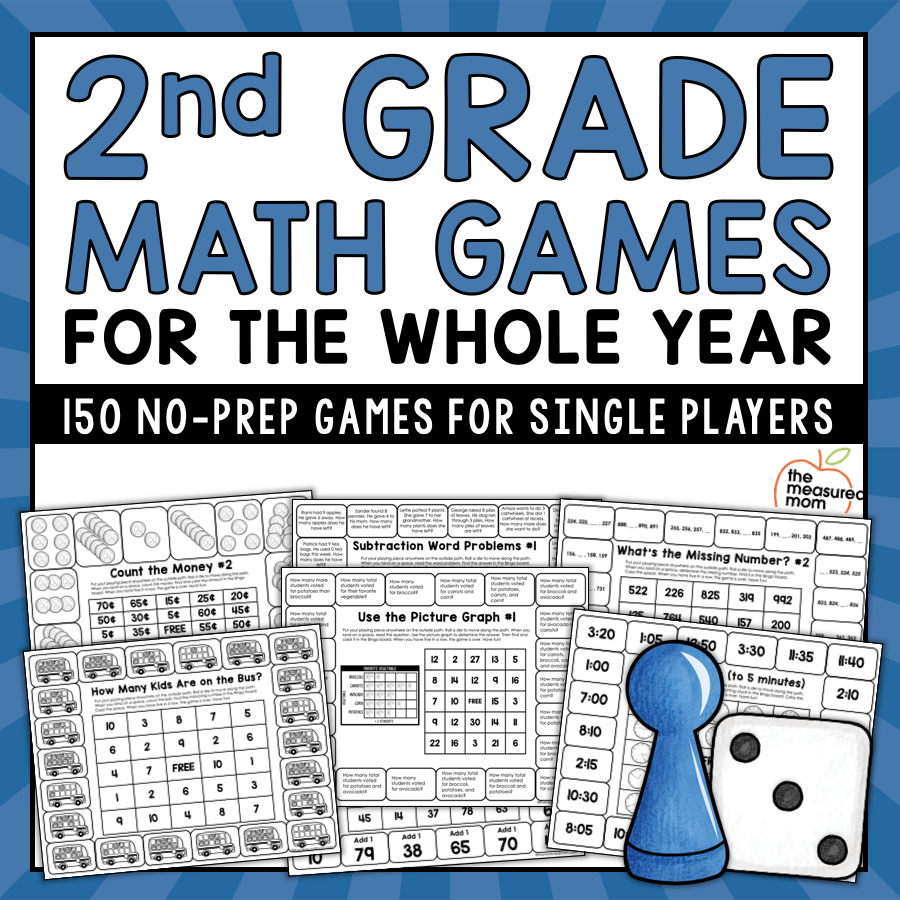
Tangram puzzles, an ancient Chinese puzzle that teaches geometry and helps with problem-solving, are called Tangram puzzles. They are also a great way to improve your arithmetic skills. These are some of the ways they can be used in the classroom. Use them to help students understand the basic parts of a puzzle, then teach them how to use them to create art.
Tangrams are an ancient Chinese puzzle.
Tangrams are an ancient Chinese puzzle that consists of seven flat geometric forms connected to each others in a grid. The goal is to place the tangrams in order to create a particular shape. The traditional tangram was a rectangle, five triangles, and one parallelogram. Modern tangrams come in a variety of materials, including cardboard, foam and paper. You can make your own tangrams! They can create thousands upon thousands of shapes and exercise their spatial reasoning skills.
Tangram puzzles may also be helpful for students to learn basic geometric shapes. They can practice naming different shapes. For example, a clock could be shaped in a circle and a window could be in a rectangle. They can also help students learn the number of sides that each shape has. These shapes can then been combined to form new shapes, including photos. You can also display Tangram puzzles to show students how they fit together.

They teach geometry
Tangram Puzzles help children develop fine motor skills. They help children learn about angles and how they fit together. They are an enjoyable way to practice geometric principles. As children age, they can expand their knowledge of geometry by using Tangram puzzles to build and decipher 3-D shapes.
Tangrams are an excellent way to get children off their screens or devices. They allow parents and children to spend quality time without a screen. This is especially important if you have young children. Tangrams encourage conversation between parents and children which can be extremely beneficial for their growth. Tangrams make a great tool for teaching children congruence. This refers to the difference between two triangles whose sides are opposite.
They are able to solve problems.
Tangram puzzles help children improve their problem-solving skills. Children can manipulate the pieces of a tangram puzzle by changing their perspective and angles with the simple shapes. They also learn about shapes and the relationships between them and other shapes. This develops visual spatial skills, and fosters an early love for innovation.
In addition to developing problem-solving skills, tangram puzzles can improve visual orientation and spatial awareness. They can also encourage creativity and patience. The simplest of tangram puzzles can yield complex solutions. These puzzles can be used to help children understand many mathematical concepts.

They improve arithmetic performance
Tangram puzzles provide a wonderful way to introduce your child math and geometry. They improve students' arithmetic skills, teach them about spatial rotations and congruency, as well as encourage problem solving. You can also use them as a travel toy to help children learn on the go.
Tangram puzzles can be made from seven different geometric shapes. These shapes can be arranged to form simple or complex shapes. The pieces can also be arranged in a fanciful way to create an aesthetically pleasing final product. The original puzzles were developed in China approximately 200 years ago. Their ability to focus, improve hand-eye coordination, creativity, and increase focus have been demonstrated.
FAQ
What is the difference between private schools and public schools?
All students have the right to free education in public schools. They offer education from kindergarten to high school. Private schools charge tuition fees. They offer education from preschool through college.
There are charter schools that are both privately operated and publicly funded. Charter schools don't use traditional curricula. They give students more freedom and allow them to pursue their interests.
Charter schools are popular with parents who believe their children should receive quality education regardless of their financial status.
How can I get scholarships?
Scholarships can be granted to help cover college expenses. There are many types and types of scholarships. These scholarships include:
-
Federal Grants
-
State Grants
-
Student Loans
-
Work Study Programs
-
Financial Aid
Federal grants are directly issued by the U.S. government. Federal grants generally require that applicants meet certain criteria. For example, you must demonstrate financial need.
Individual states can offer grants to state governments. Some states offer state grants based only on financial need. Other states award money for specific reasons.
Student loans are issued by banks and other lending institutions. Students often borrow money to pay for tuition and living expenses.
Employers are encouraged to employ qualified students through work-study programs. Employers must pay workers at least minimum wage.
Financial aid helps low-income families afford college by covering most or all tuition costs.
What does it mean for a teacher to teach early childhood education?
Early childhood educators must have specialized training. Most states require applicants for teaching positions to have certification from the state board before they are allowed to work in public school.
Some states require teachers who teach math or reading to pass tests.
Some states require that teachers have completed a minimum number of courses related to early childhood education.
Many states have minimum requirements for teachers. These requirements are not the same in every state.
Statistics
- These institutions can vary according to different contexts.[83] (en.wikipedia.org)
- “Children of homeowners are 116% more likely to graduate from college than children of renters of the same age, race, and income. (habitatbroward.org)
- Globally, in 2008, around 89% of children aged six to twelve were enrolled in primary education, and this proportion was rising. (en.wikipedia.org)
- Among STEM majors, that number is 83.5 percent. (bostonreview.net)
- They are also 25% more likely to graduate from high school and have higher math and reading scores, with fewer behavioral problems,” according to research at the University of Tennessee. (habitatbroward.org)
External Links
How To
Why homeschool?
There are many factors that you need to consider when deciding whether or not to homeschool.
-
What kind of education do your children need? Are you looking for academic excellence or social skills development?
-
How involved are you in your child’s education? Do you prefer to keep informed about the activities of your child? Do you prefer to keep informed or let your child make the decisions?
-
Does your child have special needs? What can you do to help your child with special needs?
-
Will you be able to manage your child's schedule? Can you make a commitment to your child's education at home every day of the week?
-
What subjects will you be covering? Math, science, language arts, art, music, history, geography, etc. ?
-
How much money can you afford to educate your child?
-
Is your child old enough to start school?
-
Where are you going to put your child? You need to locate a suitable space that is large enough for a classroom as well as adequate facilities, such as bathrooms or kitchens.
-
What's your child's average age?
-
When is your child supposed to go to bed?
-
When does he/she get up?
-
What time does it take to go from point A to point C?
-
Is your child's primary school close to you?
-
What is the distance between your home and your child's school?
-
How will you transport your child between school and home?
-
What are some of the advantages of homeschooling?
-
What are the drawbacks?
-
Who will supervise your child when he/she is outside?
-
What are your expectations for your child?
-
What discipline type will you use?
-
What curriculum will you use?
Homeschooling can be done for many reasons. Some of them are:
-
Your child may have learning disabilities that prohibit him/her attending traditional schools.
-
You are looking for an alternative method of education for your child.
-
You want more flexibility with scheduling.
-
Avoid high tuition fees
-
Your child receives a better education than what he/she would get in a traditional school setting.
-
You believe you know more about your child than the teacher in traditional school settings.
-
You don't like the way the school system works.
-
You feel uncomfortable with the rules and regulations of the school system.
-
You want your child to develop a strong work ethic.
-
You want to give your child the freedom to choose what courses you take.
-
You want individualized attention for your child.
Another benefit of homeschooling is:
-
It is not necessary to worry about uniforms and books, pencils, pencils, paper, or other supplies.
-
You can customize your child's education according to his/her interests.
-
Parents can spend more time with their children when they homeschool.
-
Homeschooled students are more likely to learn faster than their peers, as they aren't distracted by other people.
-
Many homeschoolers score higher in standardized tests.
-
Homeschool families tends to be happier overall.
-
Homeschool students are less likely not to drop out.